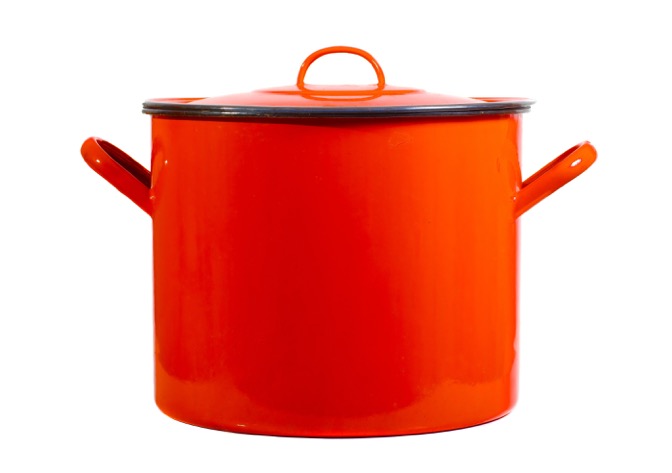
When going to restaurants, do you take notice of how their pasta tastes? Texture wise? Taste wise? Doneness?
Living here in Indonesia, I have tasted the worst pastas to a small number of good ones. Maybe because it is not in our Asian culture.
My aunt lives in Nice, France, and Milano, Italy. So I get to visit her every now and then, and that was how I realized that I had been eating crappy tasting pasta my whole life in Asia.
Pasta is one of the most loved dishes around the world. In Italy, eating a plate of pasta is like a daily ritual, it’s like breathing. Naturally and simply cooked, but resulting in a good properly cooked pasta dish.
Unfortunately, many people eat improperly cooked pasta for most of their lives. That includes me hahaha..
As a chef, I challenged myself to learn how to cook it the right way. It may seem simple, but oh so crucial.
Even though cooking pasta is perceived by many to be very simple, I think you’ll be surprised to find out how many mistakes most people make, including yours truly here, in her early days of cooking pasta.
I am glad I got to learn this in Chef school.
To cut a long story short, here’s how.
Start with a large, straight-sided pot. A tapered pot will restrict past from moving around freely, hence clumping your pasta.

Tapered Pot
Always have lots of water on hand. Start by adding cold water to the pot.
Bring water to a rapid boil
Add salt to the water
Add pasta to the water
Stir pasta
Test for doneness. For commercial dry pasta, it has to be cooked to al dente or to the tooth, as the Italians say. When you bite into it, there has to be some sort of resistance. Not mushy.
Reserve some of the pasta water, just in case you need for thinning sauces.
Drain the pasta and DO NOT wash with cold water, because it will wash away the starch in the pasta and make it difficult for your sauces to stick/ blend in with the pasta.
Exception for Gluten free pastas though, in my opinion, it is better to rinse with water after pasta is cooked.
Myth:
Adding oil when cooking pasta will prevent it from clumping. Wrong. Adding oil does not have anything to do with clumping. If anything, it will make the pasta not stick to your sauce when you toss it later. An abundance of cold water at the start is the key to not get clumped pasta that stick togther, because pasta can move freely in water.
Okay, I hope this post helps you to cook pasta and do tell me if you see the difference! Tag me on instagram @nourishingnavita (Sophie Navita)


 Sophie is an Indonesian TV host/actor/singer who is also a certified plant-based professional chef and soon a registered nutritionist.
If you don't see her on stage, she is usually teaching health-food classes or consulting and helping clients improve their diet.
A happy mother of two boys.
Sophie is an Indonesian TV host/actor/singer who is also a certified plant-based professional chef and soon a registered nutritionist.
If you don't see her on stage, she is usually teaching health-food classes or consulting and helping clients improve their diet.
A happy mother of two boys.



